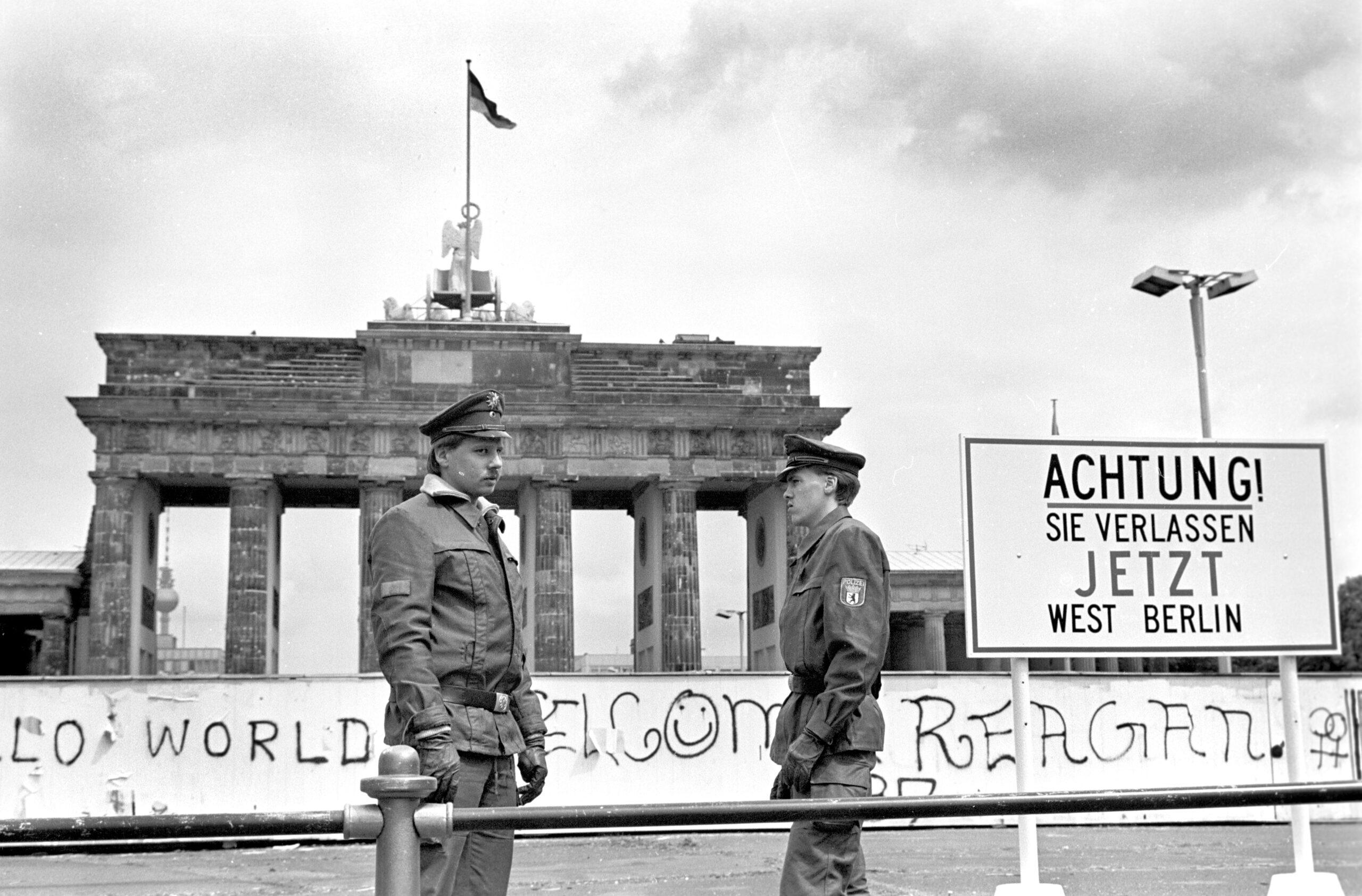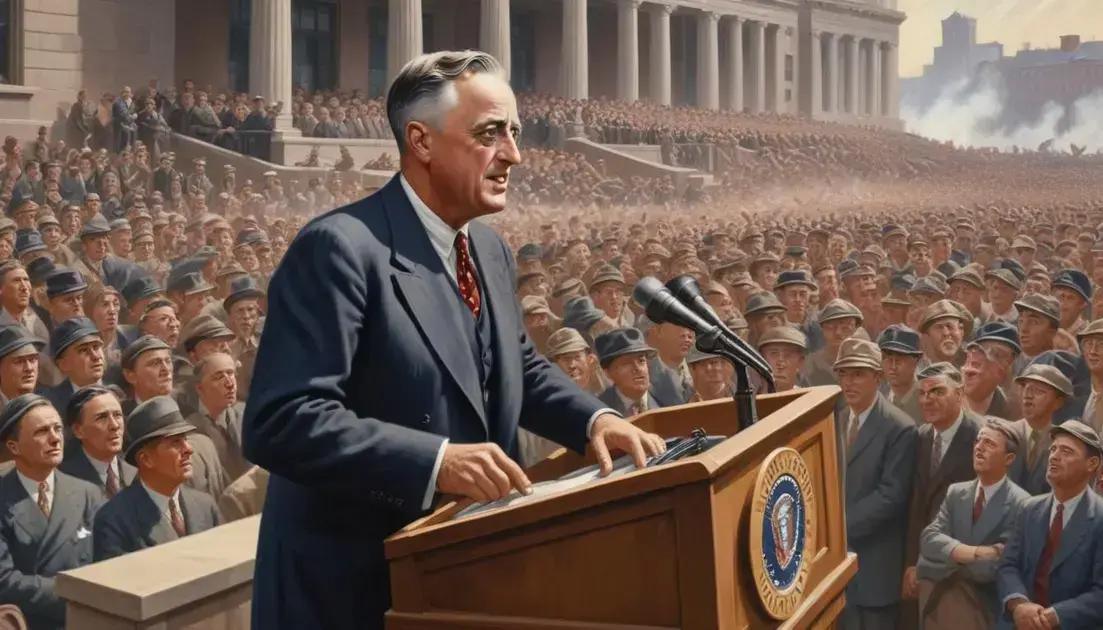
The Story of the Berlin Wall: Dividing a City and a Nation
The Berlin Wall, a chilling symbol of the Cold War, remains one of the 20th century’s most potent emblems of division and oppression. For nearly three decades, this concrete behemoth sliced through the heart of Berlin, Germany, physically and ideologically separating East and West, communism and democracy. Its construction in 1961 wasn’t merely the erection of a barrier; it was the manifestation of a geopolitical struggle, a stark illustration of the Iron Curtain’s chilling grip on Eastern Europe, and a testament to the human cost of ideological conflict. This essay will delve into the intricate history of the Berlin Wall, exploring its construction, its impact on the lives of Berliners, its symbolic weight during the Cold War, and its ultimate fall, a pivotal moment that reshaped the geopolitical landscape and continues to resonate today.
The Genesis of Division: Precursors to the Wall
Understanding the Berlin Wall requires understanding the complex aftermath of World War II. The Allied victory led to the division of Germany into four occupation zones: American, British, French, and Soviet. Berlin, though situated deep within the Soviet zone, was similarly divided, reflecting the uneasy power balance between the victorious Allies. This division, however, laid the groundwork for the ideological conflict that would ultimately culminate in the Wall’s construction.
The post-war economic realities further exacerbated tensions. The Soviet Union, intent on establishing a communist satellite state in East Germany, implemented a centrally planned economy that stifled individual initiative and economic growth. In contrast, West Germany, under the influence of the Western Allies, embraced a market-based economy, leading to a burgeoning post-war boom. This stark economic disparity became a driving force behind the mass exodus of East Germans to the West.
The Berlin Blockade of 1948-1949, a Soviet attempt to starve West Berlin into submission, served as a precursor to the Wall’s construction. While ultimately unsuccessful due to the Berlin Airlift, it highlighted the precariousness of the city’s divided status and underscored the Soviet Union’s willingness to employ drastic measures to assert its control. The blockade solidified the ideological chasm between East and West, paving the way for the escalating tensions that would ultimately lead to the wall’s construction.
The constant flow of refugees from East to West, numbering over 2.5 million between 1949 and 1961, represented a significant drain on East Germany’s population and workforce, significantly undermining the stability of the communist regime. These were not just numbers; they were skilled workers, intellectuals, and professionals, whose departure weakened the East German economy and eroded the legitimacy of the communist government. This mass exodus prompted the East German government and its Soviet backers to seek a more permanent solution to stem the tide of defections – a solution that would ultimately take the form of the Berlin Wall.
Construction and Early Years: A Wall of Concrete and Despair
The construction of the Berlin Wall on August 13, 1961, wasn’t a spontaneous act but a carefully planned operation, executed with chilling efficiency. Initially, the barrier consisted of hastily erected barbed wire and makeshift fencing, a stark and rudimentary testament to the regime’s desperate attempt to contain its population. However, this initial barrier soon evolved into a far more sophisticated and formidable structure.
Over the following years, the wall transformed into a complex system of fortifications, far exceeding its initial crude design. It became a multi-layered defense system, featuring a concrete wall up to 12 feet high, reinforced with guard towers, heavily armed border patrols, and a treacherous “death strip” – a no-man’s-land riddled with anti-personnel mines, tripwires, and watchtowers. This death strip was meticulously maintained, raked gravel making it easy to spot any intruder’s footprints. A smooth pipe ran along the top to prevent climbing. The wall wasn’t just a physical barrier; it was a meticulously engineered system designed to prevent escape at all costs.
The construction of the wall was brutal and swift, often dividing families and communities overnight. The stories of separation and loss are heartbreaking, highlighting the human cost of the wall’s construction. Thousands were separated from loved ones, their lives irrevocably altered by the sudden imposition of this artificial boundary. The wall became a symbol of division not just for Berlin but for all of Germany, a stark physical manifestation of the Cold War’s ideological battleground.
The early years of the wall’s existence were marked by a chilling succession of tragedies. Attempts to escape across the wall were met with deadly force. At least 136 people are known to have been killed trying to cross, with many more injured, imprisoned, or left traumatized. The wall became synonymous with oppression, a chilling reminder of the lengths to which totalitarian regimes would go to maintain their power.
The Wall as a Cold War Metaphor: Division and Defiance
The Berlin Wall transcended its physical presence; it became a powerful symbol of the global ideological struggle between communism and democracy. For the West, it represented the oppressive nature of communist regimes, the suppression of individual freedoms, and the stark reality of life behind the Iron Curtain. The wall became a potent symbol of the West’s commitment to freedom and the evils of totalitarian control. The stark contrast between the vibrant West Berlin and the stifled East Berlin underscored this message dramatically.
Conversely, the Eastern Bloc portrayed the wall as a necessary defense against Western aggression and capitalist decadence, a shield protecting the socialist state from the perceived threats of the West. This narrative, however, ignored the reality of the wall’s repressive nature and its devastating impact on the lives of East German citizens. The contrasting narratives surrounding the wall serve as a stark reminder of how conflicting ideologies can shape perceptions of reality.
Despite the oppressive environment, the wall didn’t simply represent passive acceptance of communist rule. It also became a catalyst for resistance and defiance. The courageous acts of those who attempted to escape, the whispers of dissent, and the unwavering hope for reunification fuelled a spirit of resistance that ultimately contributed to the wall’s eventual downfall. The slogan “Die Mauer muss weg!” (“The Wall must go!”) became a powerful rallying cry for those seeking freedom and reunification, demonstrating the enduring human desire for liberty and self-determination.
Life on Both Sides: Contrasting Realities
The existence of the Berlin Wall resulted in two starkly different realities for the city’s inhabitants. West Berlin, despite its isolated position, flourished as an island of freedom and democracy, a vibrant showcase of Western prosperity and cultural dynamism. Supported by the Western Allies, West Berlin enjoyed a high standard of living, relative political freedom, and a thriving cultural scene. The city became a beacon of hope for those trapped behind the wall, a constant reminder of the life they were denied.
In stark contrast, East Berlin existed under the oppressive grip of the East German communist regime. The Stasi, the East German secret police, maintained a pervasive surveillance network, monitoring the lives of citizens and suppressing any form of dissent. Economic opportunities were limited, individual freedoms were curtailed, and the constant threat of surveillance created a climate of fear and distrust. The contrast between the two halves of the city served as a grim illustration of the consequences of totalitarian rule.
The Fall of the Wall: A Pivotal Moment in History
The fall of the Berlin Wall on November 9, 1989, wasn’t a spontaneous event but the culmination of years of simmering discontent, internal pressures within East Germany, and shifts in the international political landscape. Mikhail Gorbachev’s policies of perestroika (restructuring) and glasnost (openness) weakened the Soviet Union’s control over its satellite states, creating an opportunity for change in Eastern Europe. The reforms, intended to revitalize the Soviet system, inadvertently unleashed forces that led to the unraveling of communist regimes across the region.
In East Germany, growing dissatisfaction with the communist regime, fueled by economic hardship and a yearning for freedom, led to mass protests and demonstrations. These protests, initially small and localized, grew in scale and intensity, putting immense pressure on the East German government. The government, weakened by internal dissent and facing increasing pressure from the West, was ultimately unable to contain the tide of popular discontent.
On November 9, 1989, overwhelmed by the mounting pressure, the East German government announced a relaxation of travel restrictions, intending to allow East Germans to travel to the West under specific conditions. However, the announcement was poorly communicated and hastily implemented, creating a situation of unforeseen chaos. Thousands of East Germans flocked to the border, and overwhelmed border guards, lacking clear instructions, opened the gates. The symbolic fall of the wall was spontaneous, chaotic, and deeply emotional. Within hours, the barrier, once a formidable symbol of division, was breached, and the long-awaited reunification began.
The Legacy of the Wall: A Symbol of Freedom and Unity
The legacy of the Berlin Wall extends far beyond its physical remnants. It stands as a powerful reminder of the human cost of ideological division, the dangers of unchecked power, and the enduring human desire for freedom. The remaining sections of the wall serve as poignant memorials, museums, and art installations, reminding future generations of this significant historical event. The East Side Gallery, for instance, a preserved segment of the wall transformed into an open-air art gallery, serves as a vibrant testament to the wall’s enduring impact.
The fall of the Berlin Wall also marked the beginning of a new era in European and global history. It signified the end of the Cold War, the collapse of communist regimes in Eastern Europe, and the reunification of Germany. These events ushered in an era of increased international cooperation and integration, reshaping the geopolitical map and creating a more unified Europe.
The Berlin Wall’s legacy continues to inform political discourse, international relations, and the ongoing quest for peace and understanding. Its story serves as a reminder of the importance of diplomacy, human rights, and the unwavering pursuit of freedom. The wall, once a symbol of division, now represents the triumph of the human spirit, a powerful testament to the resilience of hope in the face of adversity. Its story is a complex tapestry woven with threads of tragedy, resilience, and ultimately, triumph, reminding us of the enduring power of freedom and the importance of striving for unity and peace in a world still grappling with its own divisions.


